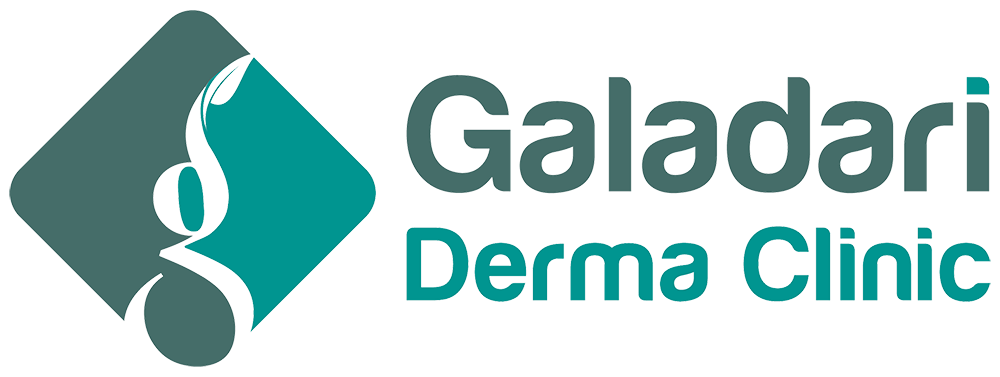
What is cryolipolysis?
Cryolipolysis, commonly referred to as fat freezing, is a nonsurgical fat reduction procedure that uses cold temperature to reduce fat deposits in certain areas of the body. The procedure is designed to reduce localized fat deposits or bulges that do not respond to diet and exercise. It is not intended for people who are obese or significantly overweight. The technique has been patented under the name CoolSculpting™.
What areas of the body are best suited for cryolipolysis?
The Food and Drug Administration has approved cryolipolysis to treat fat deposits beneath the chin, upper arms, inner and outer thighs, abdomen, hip/flank (“love handles”), upper back (“brassiere rolls”), lower back, and underneath the buttocks.
How is cryolipolysis performed?
The procedure can be done in a doctor’s office or outpatient clinic. The size and shape of the fatty deposit is assessed and the area to be treated is outlined with a skin-marking pencil. Patients are awake during the procedure.
A handheld device called an applicator is used to freeze the layer of fat cells (adipocytes) underneath the skin. First, a gel pad is applied to the area to protect the skin. Next, the fatty bulge is suctioned or vacuumed into the applicator’s hallow opening. You will feel a tugging or pulling sensation as suction is applied. These sensations, intense cold plus other possible sensations – tingling, stinging, aching, cramping – lessen after 5 to 10 minutes as the area becomes numb during the cooling down process. The fat layer is gradually cooled to the target temperature of between 30.2 and 39.2 degrees Fahrenheit.
It takes up to one hour to treat an area. After the area is treated, the applicator is removed. The area may be massaged for 2 to 3 minutes to assist with the breakdown of the fat cells.
How are fat cells destroyed?
The technique is based on the finding that fat cells are more susceptible to damage from cold temperatures than other cells, such as skin cells. The cold temperature injures the fat cells. The injury triggers an inflammatory response by the body, which results in the death of the fat cells. Macrophages, a type of white blood cells and part of the body’s immune system, is “called to the injury location,” to rid the dead fat cells and debris from the body.
How much localized fat can one expect to lose from cryolipolysis and when will I start to notice results?
Studies have shown an average fat reduction of between 15 and 28 percent at around 4 months after initial treatment. However, you may begin to notice changes as early as 3 weeks after treatment. Dramatic improvement is noticed after about 2 months.
What are the advantages of cryolipolysis?
• No surgical incision is required.
• It is a low risk procedure. There is no risk of infection.
• The procedure can be performed on an outpatient basis.
• Patients do not need to be sedated or anesthetized before undergoing the procedure.
• More than one area of the body may be treated in a single session.
• Most people can resume their normal daily activities immediately after treatment.
• The procedure can be performed on people of all ages.
• There is no damage to nerve fibers, blood vessels, muscles, or lasting damaging to skin in the treatment area.
• Fat cells that have been damaged or destroyed are permanently removed from the body.
• Patients may experience an increase in self-esteem due to an improvement in their appearance.
What are the disadvantages of cryolipolysis?
• The procedure is recommended only for people who are in good general health with no neurologic or orthopaedic problems and who are looking for “spot” fat reduction in specific areas on the body. Cryolipolysis is not recommended for people who are significantly overweight or obese.
• There is a risk that the skin surface may be irregular/not smooth after healing.
• More than one session may be needed to achieve a person’s desired results.
• If more than one treatment sessions is needed, the next session can’t be performed until s6 to 8 weeks after the first session. This is because it can take this long for damaged fat cells to be eliminated from the body.
• Results are not evident immediately. Since fat cells are removed gradually from the body, it can take 3 to 6 months to achieve optimal results.
• One rare side effect that may occur is paradoxical adipose hyperplasia. In this rare condition, the size of fat cells increases after cryolipolysis. Men and people of Hispanic ethnicity are more likely to experience it.
• Weight gain is possible after undergoing cryolipolysis. Fat may be deposited in other areas of the body.
